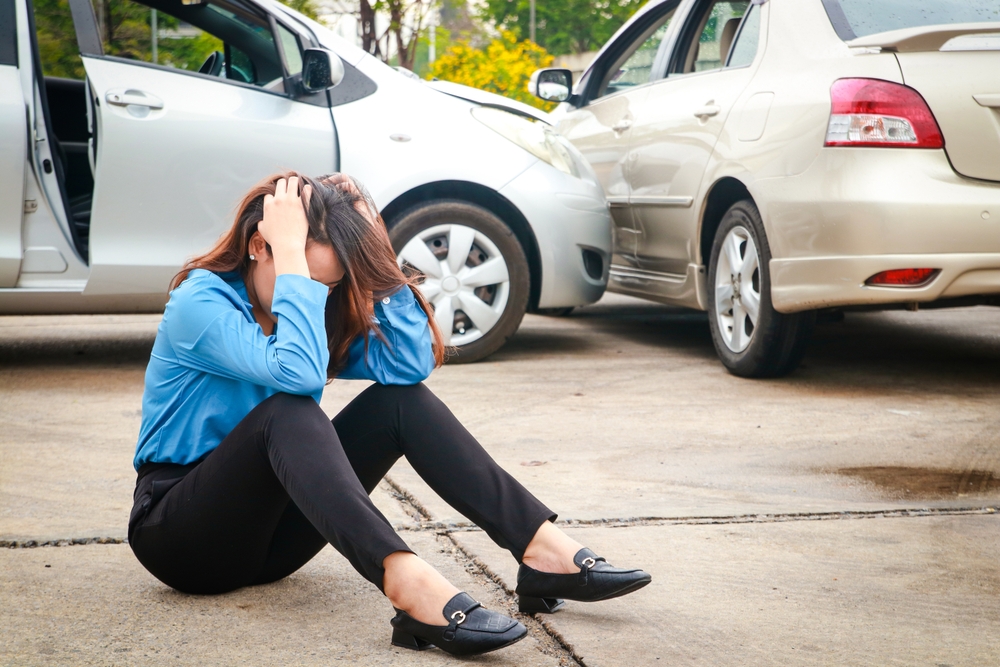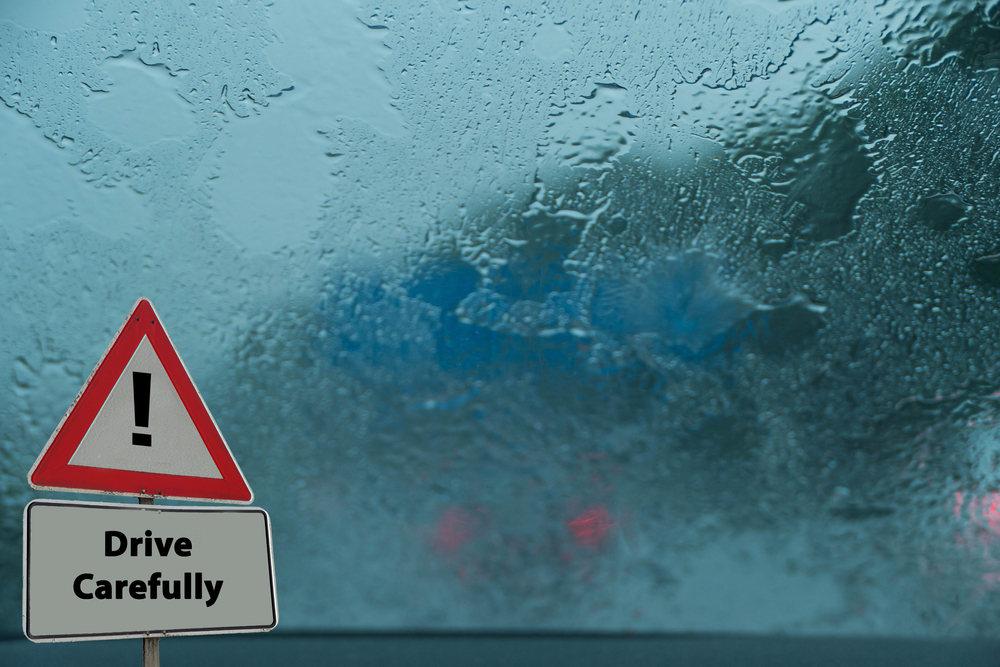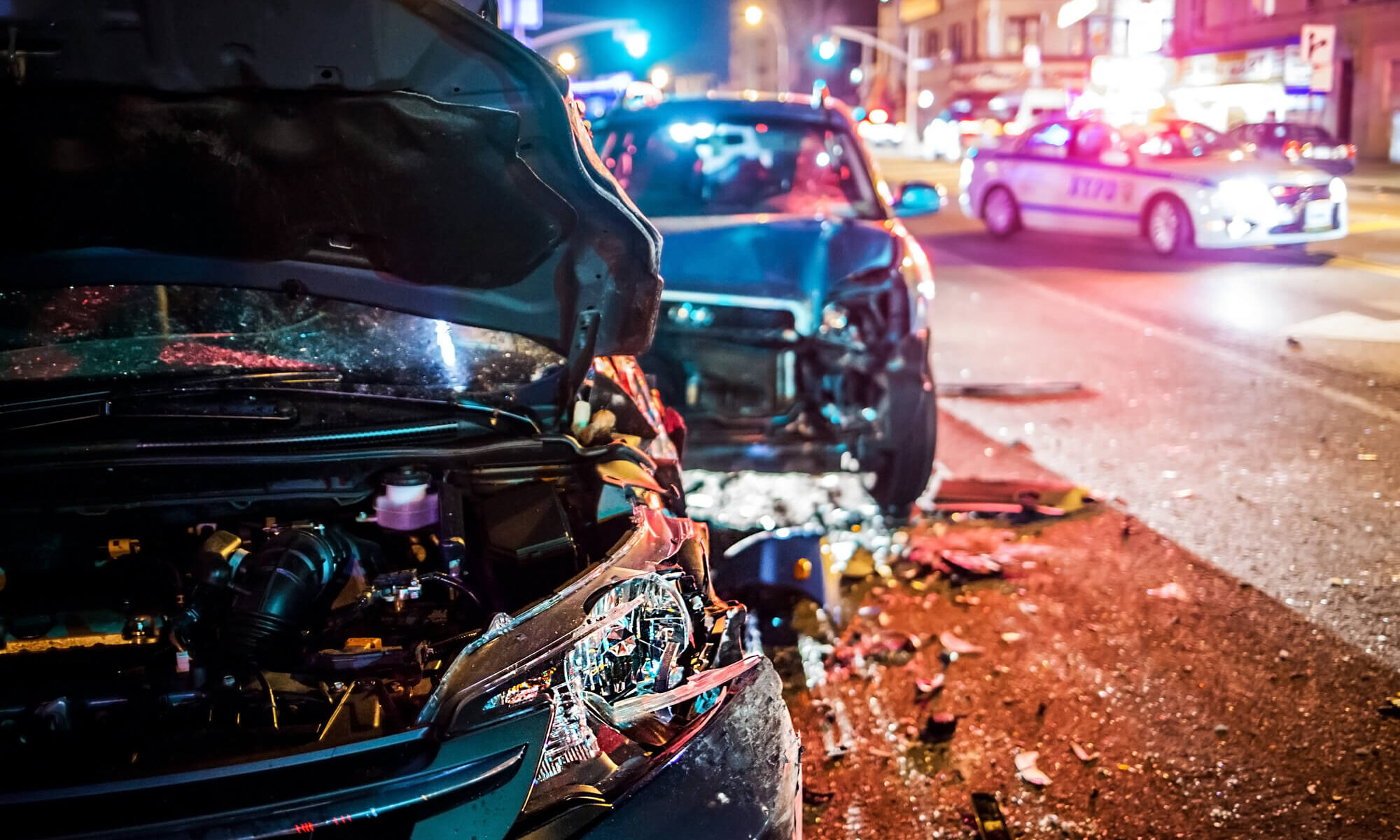The National Highway Traffic Safety Administration (NHTSA) reports that auto accidents are a leading cause of fatalities in the US. Sadly, serious motor vehicle accidents are also common in Illinois. Illinois has some of the busiest interstate highways in the US, and Illinois saw 295,604 auto accidents in 2021 alone and 1,341 fatalities.
This article contains essential information about the causes of Illinois car accidents. If you were recently seriously injured in a car accident caused by another person, call NOW our Rolling Meadows car accident attorneys at SJ Injury Law for legal help.
Key Illinois Car Accident Data From 2019
The Illinois Department of Transportation released a report recently for 2019 about car accidents in the state. Some of the key findings are:
- There were 312,988 motor vehicle accidents in Illinois in 2019, and 20.4% resulted in injuries (63,834), while there were 938 fatalities.
- Crashes involving pedestrians were 1.5% of all 2019 crashes in Illinois.
- Crashes involving cyclists were less than 1% of all crashes.
- 89,133 people were injured in Illinois auto accidents in 2019, and 9,685 had significant, incapacitating injuries.
- The most crashes in 2019 occurred on Fridays – 45,230 – and the days with the least were Sundays – 31,608.
- 138 motorcyclists died in motor vehicle accidents in 2019.
- Speed-related crashes were 33.4% of all accidents and 39.2% of fatal accidents.
- Crashes involving commercial trucks were 3.8% of all motor vehicle accidents and 10.7% of fatal accidents.
- Crashes involving deer were 5.2% of all 2019 crashes.
- 80% of fatal motor vehicle accidents occurred on dry roads.
- 49.7% of fatal accidents happened in the daytime.
Driver Fatigue
Drowsy driving is one of the most common causes of Illinois car accidents. Being tired behind the wheel can lead to impaired reaction time, judgment, and situational awareness, all of which increase the chances of an accident. Fatalities from drowsy drivers led to 633 fatal crashes in Illinois in 2020 alone.
Speeding
Speeding is another common reason for severe and fatal accidents in Illinois. Drivers who travel above the speed limit are much more likely to be in serious accidents. When cars are traveling too fast, it takes longer to stop, leading to deadlier and more devastating crashes.
Impaired Driving
Drunk driving has been pinpointed as one of Illinois’s top causes of fatal auto accidents. This means driving a motor vehicle in the state with a BAC of .08% or higher, but impaired driving also can be caused by drugs with equally deadly effects. Also, the NHTSA reports that approximately 50% of fatal auto accidents in the state involve alcohol. In Illinois, there were 1,194 fatal car accidents because of impaired driving.
Distracted Driving
Distracted driving is also a serious cause of accidents in Illinois. This refers to any activity that takes one attention from driving and includes texting and driving, talking on a cell phone, eating, drinking, changing the radio, and talking to passengers. Distracted driving can be just as dangerous as DUI and has been identified as a severe risk in Illinois for years.
The NHTSA reports that distracted driving from cell phones was a factor in almost 30,000 accidents with injuries nationally. The situation is even grimmer in Illinois, with 20% of fatal accidents related to driver distractions.
Hazardous Road Conditions
Dangerous conditions on Illinois roads are also a significant cause of accidents. Many roads in the region are not maintained as well as they could be, leading to obstructions and obstacles. These accidents also happen often in construction zones in the Chicago region.
Common Types Of Car Accidents In Illinois
It is also essential to know the most common types of car accidents in the state. By understanding the types of accidents that happen the most, it might be possible to avoid many incidents:
Rear End Crashes
Rear-end collisions are the most common auto accident in the US, with more than 40% of annual crashes caused by this type. A rear-end crash happens when a vehicle hits the car in front of it. These types of crashes are more likely to involve multiple vehicles when the car in front strikes the one in front of it. Many rear-end crashes can be avoided by avoiding distracted driving, including texting and driving.
Head-On Crashes
Head-on crashes are prevalent in rural areas of Illinois on two-lane roads. Some drivers try to pass traffic and misjudge the speed at which oncoming traffic travels. Head-on crashes caused 10.2% of all fatal auto accidents in the US in 2016.
A head-on crash happens when the front of one car slams into the other’s front end. This kind of crash also occurs when a driver enters a one-way street in the wrong direction. Most of these accidents are severe because of the combined speed of the involved vehicles.
T-Bone Collisions
At busy Chicago intersections, one car may not stop when it should, which causes a T-bone collision. Side impact crashes are common across the country and can be deadly because the doors of vehicles do not have as much ability to absorb impact as the vehicle’s front and rear.
Sideswipes
Sideswipe accidents happen when two cars going in the opposite or same direction contact each other. For example, one car may rub against the side of a vehicle that is parked on the side of the road, or a moving car in the next lane. Sideswipe accidents also are common between a moving car and stationary objects, such as trees or telephone poles.
Turning Accidents
Left-turn accidents are common in Chicago when the turning vehicle must yield to oncoming traffic. This maneuver requires the driver to judge the oncoming vehicle’s speed, and accidents often result.
Right-turn accidents are less frequent, but can happen between pedestrians and vehicles, especially at unusual intersections. These Chicago intersections include Stony Island, South Chicago, 79th Street, Irving Park, Milwaukee, and Cicero. In addition, when the right turn is not at a standard 90-degree angle, confusion can lead to crashes.
Illinois Car Accident FAQ
You may have many questions if you have been in a car accident in Illinois. Below are some of the most common car accident questions we receive:
When Should You Contact A Car Accident Attorney?
If you are in an accident with injuries, it is wise to contact us at SJ Injury Law as soon as possible. We will investigate the accident and determine if you have a claim.
Should I Go To The Doctor After A Car Accident?
It is always smart to be checked by a doctor after a car accident. It can take a few hours or even days for your injuries to become apparent. If you wait, the insurance company may argue that your injuries are unrelated to the accident. One goal of SJ Injury Law is that you receive all the medical treatment necessary for your injuries.
What If The Other Driver Does Not Have Insurance?
In Illinois, drivers are required to have insurance for underinsured or uninsured motorists. If the other driver is uninsured, your attorney can help you file a claim with your insurance company.
What If I Was Partially At Fault For The Car Accident?
Illinois is a comparative negligence state, so you can still file a claim against the other driver if you were less than 50% liable for the accident. However, you are barred from a financial recovery if you are more than 50% responsible.
What Is The Statute Of Limitations For Filing A Car Accident Lawsuit?
In Illinois, you have two years from the accident date to file a lawsuit for personal injuries. The limit is five years for a property damage lawsuit. If a person younger than 18 years old is injured, special rules apply. Call SJ Injury Law at (847) 434-3555 to protect your rights.
When Are You Required To File A Crash Report In Illinois?
The law requires a driver to file a crash report for a death, bodily injury, or a minimum of $1,500 of property damage if all drivers were insured. The minimum is $500 for property damage if only one driver is insured.
What Are The Minimum Auto Insurance Requirements In Illinois?
In Illinois, you must have liability insurance to drive a motor vehicle in these amounts: $25,000 for a single person’s injury or death, $50,000 for more than one individual’s injury or death, and $20,000 for property damages.
Who Can Be Held Responsible For My Injuries?
Any individual, company, or governmental entity that was negligent and caused you harm in a car accident can be held responsible. In most cases, the negligent driver is liable for the harm caused, but their employer could also be responsible if the driver was working during the accident.
Can I Sue Someone Personally For My Car Accident Injuries In Illinois?
Most car accident claims and lawsuits are settled with the insurance company representing the liable driver. This benefits many accidents because the case can be concluded faster with an insurance settlement than a civil lawsuit against the responsible driver. However, lawsuits are possible if you have serious injuries or the insurance company offers a minimal settlement. Your car accident attorney at SJ Injury Law will review the case to determine if filing a personal lawsuit is in your best interest.
Contact Our Rolling Meadows Car Accident Attorneys Today
If you were hurt in a car accident in Illinois, you could be saddled with medical bills and out of work. However, when another party causes the accident, our attorneys can help. Please contact our Rolling Meadows car accident attorneys at SJ Injury Law at (847) 434-3555.



